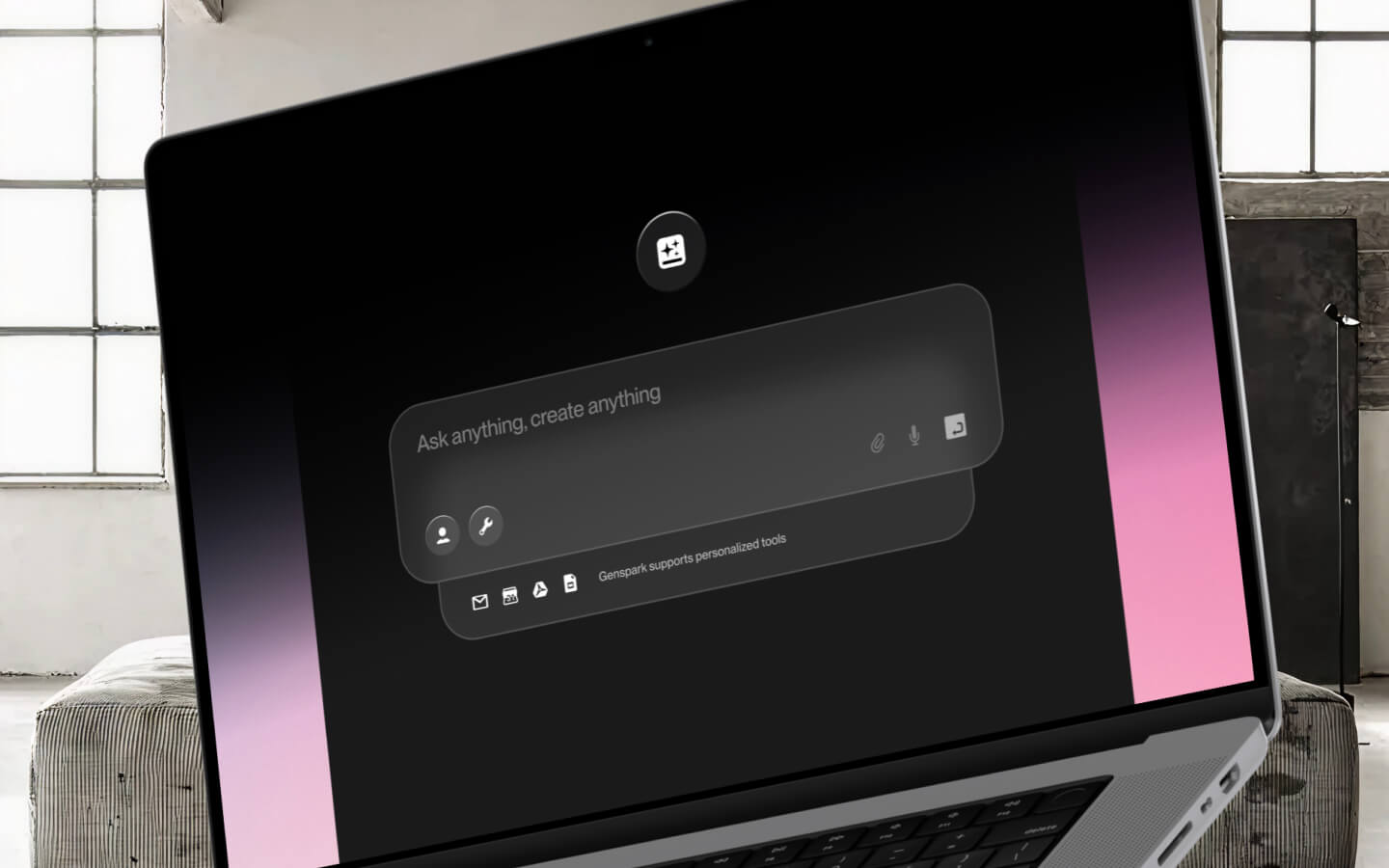A few months ago, I was asked to give a talk to Stanford students building early-stage businesses on how to price their products. I looked back through my notes from my own classes at Stanford for inspiration and realized that I had learned almost nothing on how to price software (Disclaimer: I did learn some other useful stuff there and had an incredible time. Go Card).
While econ courses teach that equilibrium price can be found at the intersection of the supply and demand curves, it turns out those curves aren’t so easy to draw in real life. What’s more, software doesn’t have the supply constraints which would create such an equilibrium nor allow for the “cost-based pricing” models ever popular amongst the consulting case interview set.
Turns out pricing SaaS products is much more of an art than a science. Over the past few years as a SaaS-focused VC, I’ve seen some things to definitely do and definitely not do when pricing your product. I’ve tried to distill these observations down into a rough framework to help founders/product marketers/maybe even Stanford profs think about how to approach SaaS pricing.
SaaS Pricing 101
Lesson 1: How to Structure Your Pricing Model
Don’t make the rookie mistake of charging the same price for all your customers. Put together a structure that allows you to price discriminate for different customer groups. In SaaS, I’ve seen this work most effectively using two-axis pricing models. Most commonly, the first axis is volume, e.g., seats (Salesforce), storage (Box), contacts (Hubspot), etc. The second axis is features, sold either individually (e.g., Single Sign On capability, admin control, etc) or in packages (e.g., Basic/Pro/Enterprise). Two axis pricing allows you to grow with your customers, via both higher volume-based consumption and through upsells driven by maturing needs.
Be careful not to overcomplicate your model, particularly early on when there’s less diversity in your customer base. Generally speaking, more than two axes gets confusing for both customers and your sales team.
Extra Credit: Try not to dissuade usage with your pricing. Sometimes a seat-based pricing model can discourage spread of a product through an organization. Find ways to make your volume axis aligned with both higher usage of your product and your customers’ success. For example, Textio, which helps companies attract the candidates they want faster, prices based on number of job recs the customer has open. Lever, also in the recruiting space, prices based on number of employees. These models encourage broad usage and enable vendors to grow as their customers grow.
Lesson 2: Determining How Much to Charge
This is the hardest part, with the fewest “hard and fast rules”. That said, most SaaS startups I’ve seen underprice their products. I’m a fan of A/B testing on everything, including pricing. Start with the highest price you can give with a straight face, and then lower it gradually until you start hearing some yeses. This level will look different for different customer types (see Lesson 1).
The best way to maximize price is, obviously, to add a ton of value. The part that seems less obvious to most SaaS founders is the need to work with the customer to quantify the value created. Understand the levers you are affecting for them (either revenue, cost, or both) and work hard to assign a dollar value (check out this customer ROI calculator template from Nic Poulos at Bowery Capital for help here). From there, you can get a good sense for what is reasonable to charge. I’ve seen SaaS companies charge 10–30% of the value they create.
Extra Credit: While understanding value created is useful in determining viable price ranges, be careful when tying your pricing directly to it. You don’t want to get into a situation where you have to debate with your customer when it comes bill time re: how much value you created. Direct “value-based pricing” creates the risk of ambiguity/disagreement around causality, externalities, measurement issues, etc.
Lesson 3: Determining How to Bill
This part is easier. Do whatever you can to bill annually (vs monthly). And, critically, to get paid upfront. That’s the absolute best way to fund a business (much cheaper than having to raise money from folks like me ;)) The most capital efficient tech exit in history achieved this distinction primarily by selling large annual contracts paid up front. This may be harder in selling to SMBs, but it’s worth pushing for, particularly as you move up market.
Extra Credit: Keep a close eye on customer success when selling annual deals. Without the constant feedback of monthly churn to guide you, you need to stay super close on customer happiness/NPS.
Lesson 4: To Discount or Not to Discount
It is very tempting to discount for early customers. Be careful here. Early pricing can inadvertently set a reference price level, particularly in an industry vertical where buyers talk to each other (trust me, they talk to each other).
What I’ve found to work best early on in enterprise sales is to start with a contract that keeps your core price per unit at the full price but has lower unit count. For example, if your volume axis is per seat, start with a lower number of seats to convince the customer of the value. The contract value will increase as you prove your value and the customer expands usage (and eventually feature needs).
SaaS Pricing 201
Once you’ve mastered the basics, there is a whole slew of more advanced elements to consider. I don’t have space to dive into them here (perhaps in a future article), but 201 topics include:
How can I use pricing to strengthen my product and my competitive moat?
Hint: Think about ways to use pricing levers to increase the amount of useful data you get from your customers.
How should I think about pricing the professional services needed to deploy my software?
Hint: Fight the urge to charge a lot here. Cover costs but don’t get hooked on the services revenue drug.
How will the Pricing 101 best practices change as phenomena like AI become wider spread?
Hint: Potentially a lot. If AI-enabled tools improve productivity substantially, that could reduce the need for additional seats. Which could disrupt the per-seat pricing model SaaS companies have grown to love.
Pricing is probably the most under-discussed important topic at software startups. Hopefully this framework spurs more discussion. I’d love to hear from folks who have seen other pricing best practices to add to the discussion.
Note: To illustrate these points, I’ve used some examples from our portfolio, including Textio and Veeva.
Special thanks to Dannie Herzberg (@dannieherz) for providing the on-the-ground SaaS operator perspective that inspired this article.


